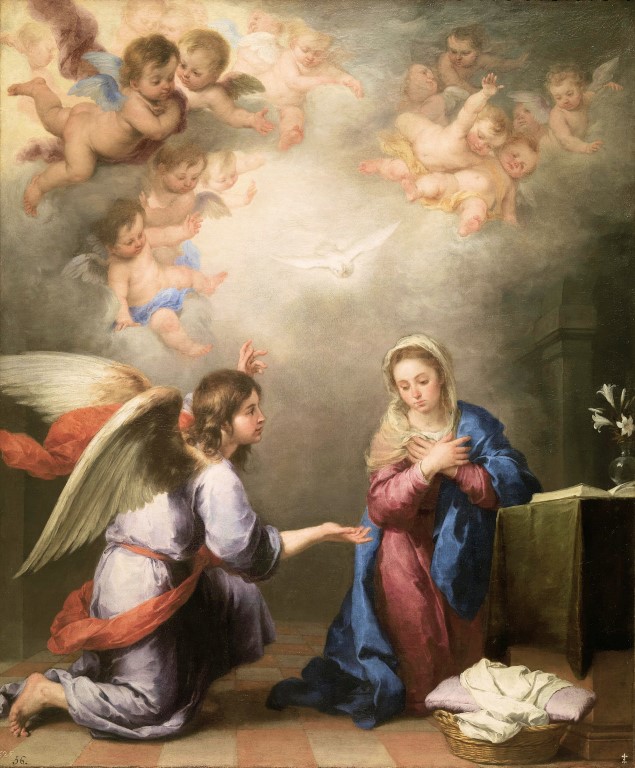Excellent document from the Irish Bishops
The Irish Bishops have issued a very good statement for teachers to inform them of the way in which children who attend the Extraordinary Form of the Roman Rite will be accustomed to receiving Holy Communion. The title may be misleading - this is not an enactment about how Holy Communion is to be received but a guide for teachers so that the needs of children who regularly attend the usus antiqior are not simply ignored or contradicted through a lack of knowledge.
A pdf of the document can be obtained from the Irish Bishops' Conference website. I have reproduced it below to offer some comments in red. (The emphases in bold are in the original document.) My comments are not intended to be negative since I consider this to be a generous-hearted document - there are just a few observations on my part which I hope will be helpful.
A pdf of the document can be obtained from the Irish Bishops' Conference website. I have reproduced it below to offer some comments in red. (The emphases in bold are in the original document.) My comments are not intended to be negative since I consider this to be a generous-hearted document - there are just a few observations on my part which I hope will be helpful.
It is easy enough to fire off complaints and criticisms of Bishops: we should also be prepared to recognise and commend solid and sensible guidance. If you want to send a short email of appreciation, the website gives a contact email address.GUIDELINES FOR THE RECEPTION OF COMMUNION DURING THE EXTRAORDINARY FORM OF THE MASS
Children who attend the extraordinary form of the Mass will receive Communion in a different manner from their classmates who attend the ordinary form of the Mass. [With regard to the formula this is true - but it should be remembered that kneeling to receive Communion is also permitted at the Ordinary Form; and indeed encouraged by the example of the Holy Father. Receiving Communion on the tongue is the normative manner of receiving in the OF - communion on the hand is permitted by indult.]
At Mass in the extraordinary form, Holy Communion is received kneeling and on the tongue. Reception in the hand or while standing is not normally permitted. [This is a welcome acceptance of the custom at the usus antiquior which should encourage people not to "make a point" by trying to insist on Holy Communion in the hand.]
Communion is received under one kind only, to emphasise the Church’s teaching that Christ is received whole and entire under the appearance of bread or wine. [Communion is given under one kind in accordance with a long-standing tradition. But this sentence does remind teachers that Christ is received whole and entire under one kind alone and it is good to see this affirmed.]
Normally the child will approach the altar with joined hands and will kneel at the Communion rails (although children making their First Communion may use a prie-dieu).
The priest recites the formula: “Corpus Domini nostri Jesu Christi custodiat animam tuam in vitam aeternam. Amen.” (May the Body of our Lord Jesus Christ preserve your soul to everlasting life. Amen.) Note that the priest says “Amen”. The child should make no response. [At old rite Masses people who are not familiar with the rite frequently say "Amen" and it doesn't matter greatly. But it is heartening to see such sensitivity shown to the correct form of the rite.]
The sacrament of Confession (or reconciliation) is often available before and during Mass in churches celebrating Mass in the extraordinary form. Almost exclusively, confession will be in the traditional form, using a confessional box, rather than face-to-face with a priest. [Again, this is perfectly permissible in the newer form (see: The right to a fixed grille). But yet again, the Bishops sensibly nudge teachers in the right direction, helping them to understand that "face-to-face" confession should not be treated as the only way to celebrate the sacrament.]
For teachers who wish to know more about the extraordinary form of the Mass, details are available at http://latinmassireland.org. The schedule of Masses for Ireland is also available. If a teacher wishes to take a class of First Communion children to experience Mass in the extraordinary form, that can be arranged in advance with the celebrant. Explanatory DVDs of the Mass are also available from the Latin Mass Society of Ireland. [This last paragraph shows a most generous and open-hearted approach to the use of the older form of the rite. It conveys the message clearly that the usus antiquior is a perfectly legitimate part of our Catholic worship. I am sure that priests who celebrate the usus antiquior would be more than happy to welcome a class of children and offer some catechesis on this form of the Roman Rite.]

